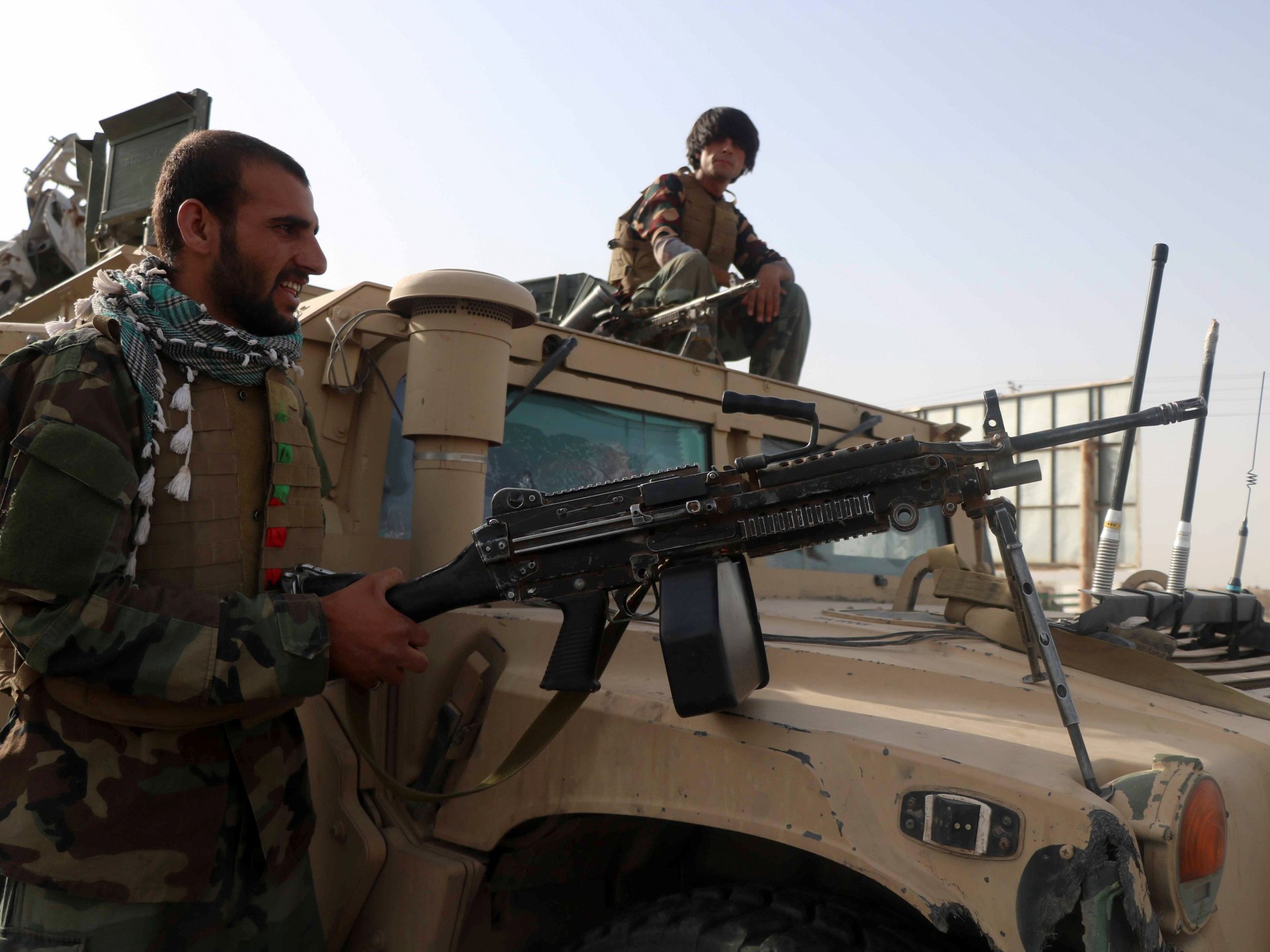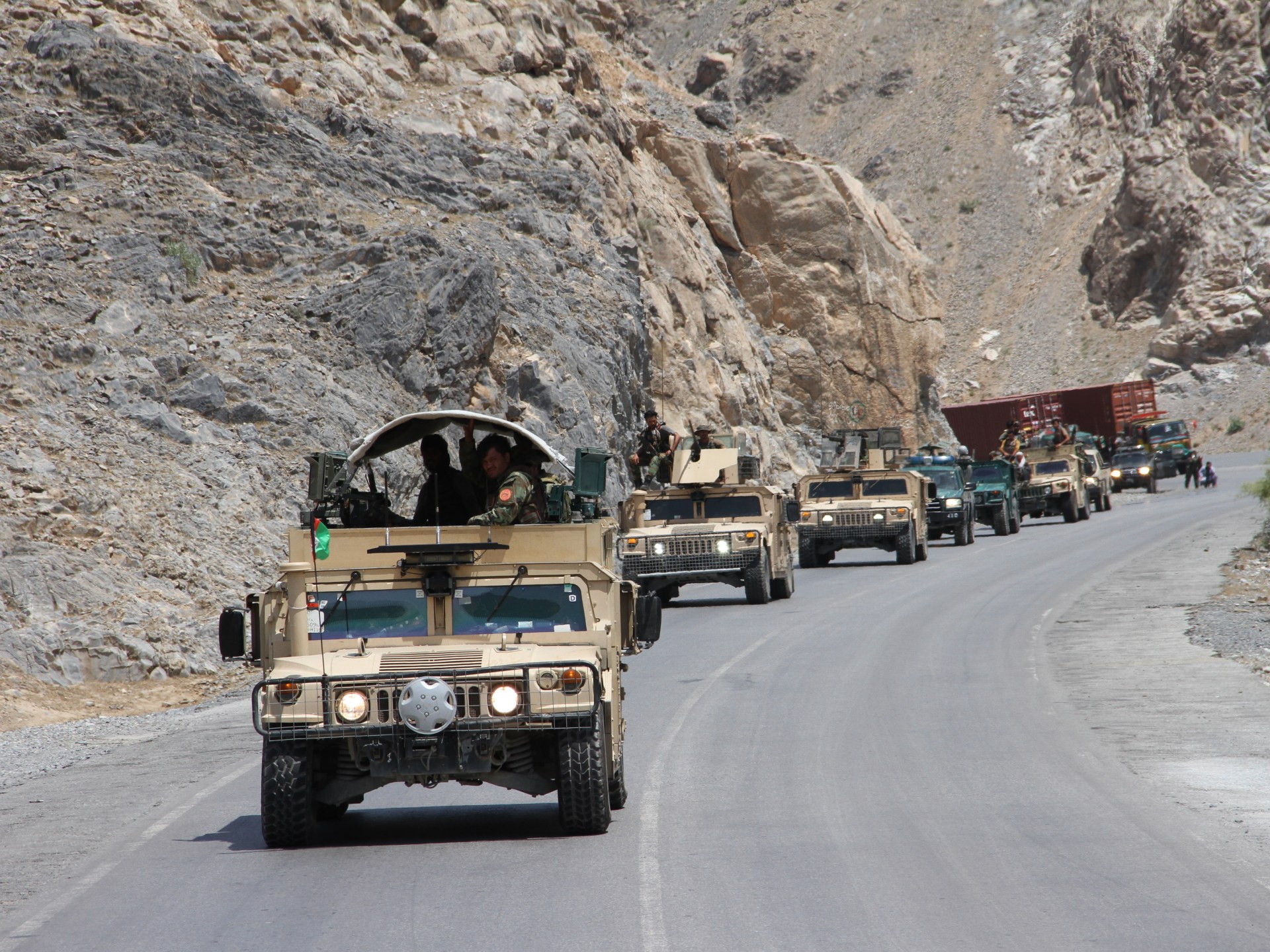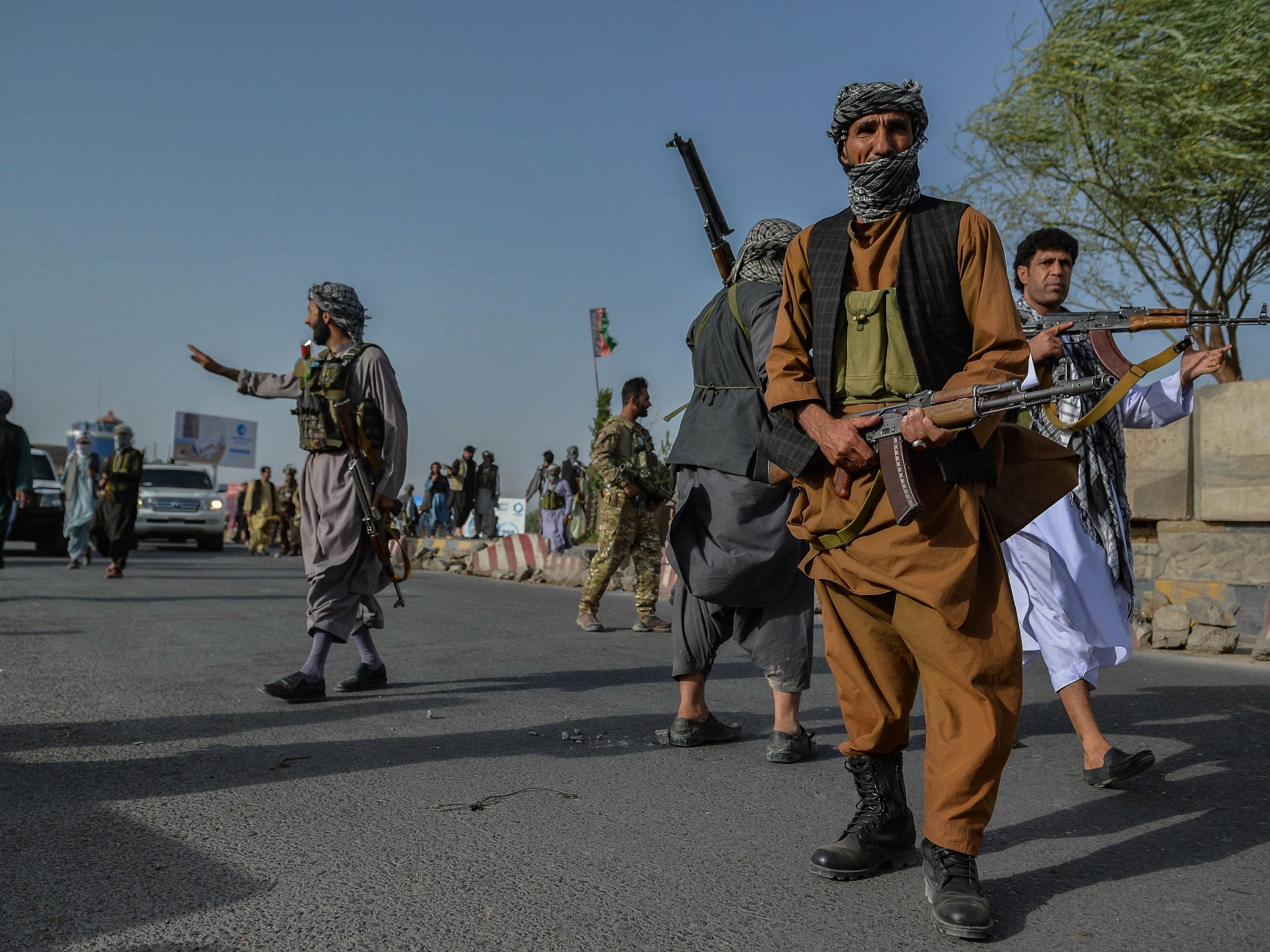Part 1 of 3: The battle for Afghanistan’s soul — Iranian influence vs the PTM’s counter narrative to the Taliban
1. Afghan 1st Vice President Amrullah Saleh, on Pakistani denial, wrote:
“Afghanistan is under a full scale invasion of Taliban terrorists who have an organized backing and sponsorship in Pakistan. It has to be tackled. Taliban use the Doha office for deception. They have no intention to engage in meaningful negotiations.
For over twenty years Pakistan denied the existence of Quetta Shura or presence of Talib terrorist leaders in its soil. Those familiar with this pattern, Afghan or foreign, know exactly that issuing a statement of denial is just a pre-written paragraph.”
Further, some in the West and Afghanistan have argued that Biden’s foreign policies will remain incoherent to national interests of the US and its allies until a sanctions regime is enacted against those in Pakistan now supporting its 2021 invasion of Afghanistan. Taliban sanctuaries in Pakistan is the main reason for the armed conflict in Afghanistan."Significant part of Taliban leadership...lives in Pakistan", Tomas Niklasson, Acting Special Envoy of the European Union tells BBC. This is also the main cause of the blow back in Pakistan. Not sure if I agree with imposing a sanctions regime on Pakistan, as that greatly complicates the ground situation.
2. Iran's involvement in the conflict in Afghanistan dates back to the Soviet occupation of 1979-1988, when some two million Afghans fled to Iran and founded at least nine resistance groups in exile. The Iranian government was instrumental in creating and supporting several pro-Iranian Shi'a resistance groups within Afghanistan, including Hizb-i Wahdat, Nasr, and Sepah. During this period, however, Iran's involvement did not extend much beyond providing these groups with political and moral support. Besides diplomacy, in recent days Tehran has been bolstering its military deployments on the Afghan frontier.
(a) After the death of the Ayatollah Khomeini, Iran sought an influential role in the power vacuum left by the Soviet withdrawal. Beginning in 1989, Iran began to broaden its contacts in Afghanistan and to build relations with parties other than its traditional Afghan Shi'a proxies. The contacts established during this period would eventually form the groundwork for the system of arms transfers and military support in operations.
(b) Iranian leaders are keen on protecting (and, by extension, controlling) Shia Muslim communities in Afghanistan, especially now that the Sunni Taliban captured their first two Shia towns in the Bamyan province earlier this month. Although sectarian data is difficult to pin down in Afghanistan, an estimated 15 to 29% of the population is Shia. Many Iranian designed IEDs have been confiscated from the Taliban over the years, and some of these IEDs and Iranian made weapons bear strong lineage to those found among Shia groups in Iraq during their 2005-2011 insurgency (e.g., the explosively formed penetrators that the Taliban call “Dragon”). It seems that Tehran respects the Taliban’s resilience, and notwithstanding their ideological differences, they have a lot in common, including their radical views and hostility toward the United States. This affinity could pave the way toward future strategic cooperation, provided the Taliban is willing to give credible guarantees for safeguarding the interests of Afghan Shia.
(c) Cellphone videos recently posted on social media show columns of equipment from the Islamic Revolutionary Guard Corps (IRGC) and national armed forces (Artesh) being transported to the border, including main battle tanks, armored personnel carriers, surveillance systems, and support assets. Tehran’s air force has put some of its eastern-based fighter jets on high alert. These military movements on the Afghan border may just be a precautionary defensive measure; alternatively, they could constitute preparations for a cross-border incursion. Serious consideration should also be given to the possibility that Tehran envisions the “Syrianification” or “Iraqification” of Afghanistan. Artesh has held defensive responsibility for the 945-kilometer border with Afghanistan since 2018, I suspect Tehran will be exploring its offensive options there. Any major campaign inside Afghanistan would be spearheaded by better-equipped IRGC units, supported by Qods Force elements already believed to be operating there.
(d) Tehran appears to be exploring three main options for avoiding dangerous destabilization in Afghanistan and furthering its interests there:
(1) covertly or overtly supporting a Taliban takeover while reaching tactical and strategic agreements with the group in order to contain its activities;
(2) waging a proxy war against the Taliban; or
(3) intervening directly.
(d) Capitalizing on its experience in Iraq and Syria, Tehran may use militias to prevent full Taliban control. It already has one effective weapon for this scenario: the seasoned
Fatemiyoun Brigade, a militia composed of Afghan fighters who were recruited, trained, and equipped by the Qods Force for fighting in Syria beginning in 2012. Some of Fatemiyoun's senior leadership first gained experience fighting with the IRGC's Abouzar Brigade during the Iran-Iraq War, or with the Mohammad Corps, a now-disbanded jihadist group that battled the Soviets and Taliban in Afghanistan. Other militias could conceivably be formed inside Afghanistan by organizing and training the thousands of locals desperately looking for employment of any kind. Such groups would presumably be placed under the command of Fatemiyoun veterans, Qods Force officers, and former Northern Alliance warlords.
3. The Taliban are really unpopular with the Pashtun city folk in Afghanistan (and the Shia Muslim communities in Afghanistan) — as you can see from the size of this rally in the Makin area of Waziristan.
(a) The Taliban are being called godless by the Pashtun Tahafuz Movement (PTM) and even by the Imam of Kaaba. This is not surprising as the Imam of Kaaba had in the past labeled the Afghan war as brother killing (and prayed for peace in Afghanistan). Muslim religious scholars have declared the Afghan war as forbidden under the Islamic law.
(b) It is interesting to note that Pakistan’s ISI does not approve of PTM and Ali Wazir is being arrested and prosecuted in the northwestern city of Peshawar on 16 Dec 2020 after a case was lodged against him in the port city of Karachi. He is accused of making
anti-state comments during an unsanctioned rally in the city. The movement has campaigned since 2018 for the civil rights of Pakistan’s estimated 35 million ethnic Pashtuns, many of whom live near the border of Afghanistan. International rights groups say Pakistani authorities have banned peaceful rallies organized by the PTM and some of its leading members have been arbitrarily detained and prevented from traveling within the country. Some members have also faced charges of sedition and cyber-crimes.
(c) Beyond PTM, an ethnically and religiously disparate group is expected to fight against the Taliban (including the 3 non-Pashtun ethnic groups-Tajiks, Uzbeks and the Hazaras). Pakistan’s ISI has tasked the Taliban with controlling the border crossings to stop the anticipated flow of arms coming through from Iran, Russia, India, and Tajikistan; but this huge Taliban effort can’t stop the delivery of weapons and arms from the U.S. being flown-in by an air bridge, to deliver significant combat service and support logistics to inside Afghanistan. Tajikistan's role is that of a facilitator of military assistance from Russia and Iran. Yet this is no small matter. Prior to Sept 11, the Taliban when it ruled Afghanistan, on multiple occasions, charged the government of Tajikistan with interference in Afghanistan's internal affairs and threatened unspecified retaliation.
4. The ISI and Pakistan army sought leverage against the hostile neighbor on its eastern border, India, by giving Pakistan "strategic depth." A secure Afghan frontier will permit the concentration of Pakistani forces on the Indian frontier. Pakistani support for Pashtun parties in Afghanistan helped solidify the position of Pashtuns.




